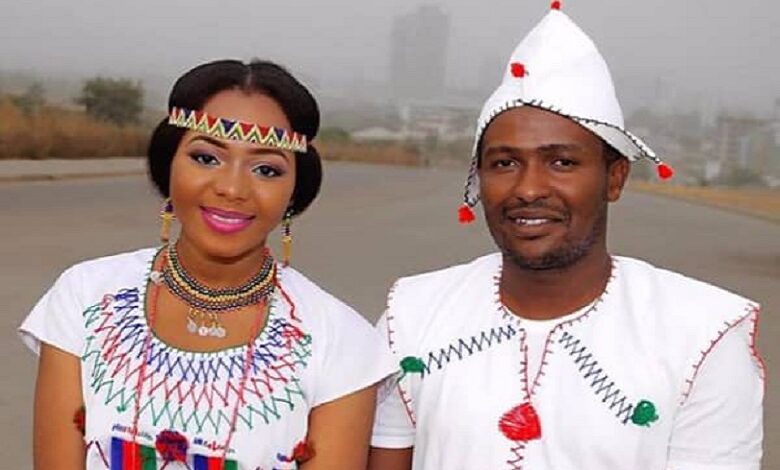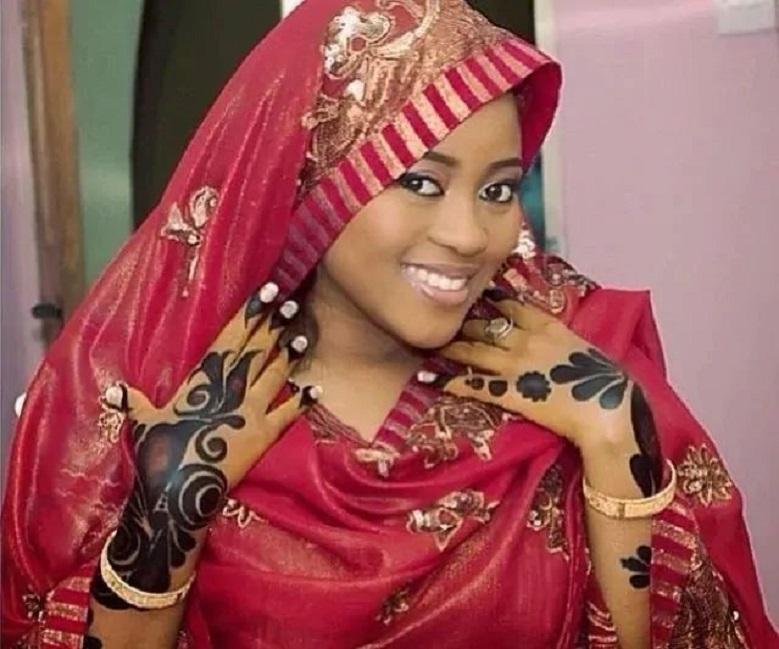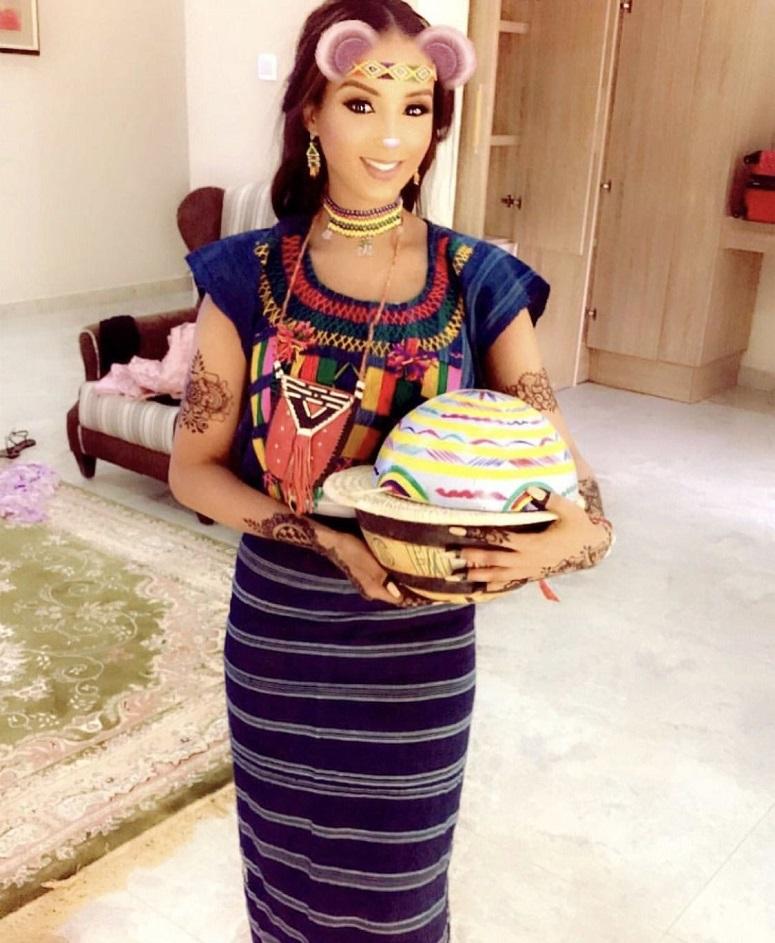The popular Hausa mode of dressing styles

Hausa cultural practices are pretty distinctive in Nigeria and have survived the test of time because of strong traditions, cultural pride, and an effective pre-colonial indigenous system of government. As a result, despite fierce competition from Western European cultures, their southern Nigeria counterparts have maintained a rich and quirky dressing mode.
The Hausa are found mainly in northwestern Nigeria and neighboring southern Niger. They comprise the largest tribe in the region, which also contains another large group, the Fulani, perhaps half of whom settled as a ruling class in the Hausa language, adopting the Hausa language and culture.

Hausa has a strict dress code associated with their religious beliefs. The men are easily distinguished because of their well-made costumes, a large flowing gown is known as a Babban Riga, and a gown called a Jalabia and Juanni. These large flowing gowns usually have some intricate embroidered designs around the neck.
The men also wear colorful embroidered caps called hula. Depending on their location and occupation, they may wear a Tuareg-style turban around the perimeter to cover the face (called an Alasho).

Their women can be identified by the wrapper called Zani, which is made of colored cloth Atampa with a matching shirt, head tie, and shawl and is called a cover. They prefer to use jewelry and ornaments and are also known to engage in body painting using Lalli and henna painting themselves.

Hausa clothing is hand-woven or sewn in intricate designs associated with tradition and has a strong cultural interpretation. Hausa are well known throughout the Middle Ages; they often characterized by their indigo blue dressings and badges




